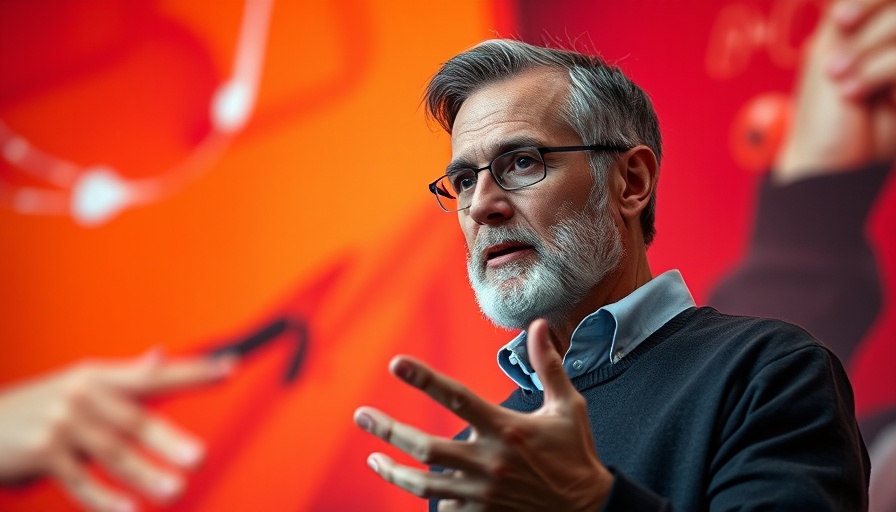
Transforming Cement: A Pathway to Sustainable Practices
The global cement industry is increasingly under scrutiny as it contributes approximately 8% of the world's carbon emissions, second only to fossil fuel consumption. However, innovators like Ryan Gilliam are revolutionizing this fundamental building material by presenting new methods aimed at achieving sustainability and reducing CO2 emissions dramatically.
The Urgent Challenge of Cement Production
Cement is integral to construction, but the traditional methods of its production are carbon-intensive. According to the World Economic Forum, emissions from cement production could skyrocket to 3.8 billion tonnes per year if no effective solutions are implemented. This alarming forecast underscores the necessity for innovations that can significantly mitigate environmental impacts.
Innovative Pathways to Sustainability
Ryan Gilliam introduces a transformative solution, leveraging waste from cement-making processes to regenerate limestone. This method not only revitalizes existing infrastructure but also offers an eco-friendly alternative that aligns with global green initiatives. The approach is feasible for widespread adoption due to the utilization of current manufacturing systems, potentially turning a significant climate villain into a sustainable hero.
Effective Strategies for Reducing Emissions
- Lowering Clinker Usage: One of the most promising developments is using Limestone Calcined Clay Cement (LC3), which can reduce CO2 emissions by about 40%. LC3 replaces a significant portion of clinker — cement's most carbon-intensive component — with alternatives that emit less carbon.
- Carbon Capture Technologies: Innovations in carbon capture and storage (CCS) technologies could help trap CO2 emissions before they escape into the atmosphere. Projects like the Brevik plant in Norway highlight practical implementations of these technologies and serve as beacons for future developments.
- Alternative Materials and Processes: Companies such as Brimstone and Sublime Systems are leading the charge in adopting calcium silicate rocks and iron silicate minerals instead of traditional limestone, thereby not only reducing emissions but actively capturing atmospheric carbon as well.
A Broader Economic Impact and Community Growth
The transition to sustainable cement production is not merely an ecological endeavor; it holds promising economic implications as well. As the demand for low-carbon construction materials rises, cement manufacturers who invest in innovative technologies can position themselves favorably amid an evolving market landscape.
This shift may contribute to job growth in sectors associated with leading green technologies, presenting opportunities for grassroots initiatives in Ontario and beyond. As communities rally for economic development amidst AI job losses and layoffs, adopting sustainable practices in cement production may pave the way for resilient local economies.
The Role of Regulation and Consumer Demand
Government incentives and consumer preferences will also greatly influence how quickly these strategies can be implemented. Supportive policies such as the 45Q tax credit in the U.S. aim to accelerate CCS technologies, making them more economically viable. Consumer awareness of climate impacts encourages manufacturers to transition quickly to sustainable products. As consumers increasingly prioritize low-carbon options, this demand signals a shift in the market that manufacturers cannot afford to ignore.
Looking Ahead: Opportunities for Cement Innovations
The future of cement manufacturing will be shaped by a combination of innovative processes, strategic investments, and regulatory support. Ongoing collaborations among industries, startups, and research institutions will be crucial for driving advancements in sustainable materials.
As we move closer to the target of net-zero emissions, it is imperative for every stakeholder—from engineers to policymakers—to engage with these developments actively. The demand for traditional cement is not going anywhere soon, but its production can be redefined to align with the urgent needs of our planet.
Join the movement toward innovative cement solutions—each step taken in sustainability contributes to a larger impact on our environment and economy.
 Add Row
Add Row  Add
Add 




Write A Comment